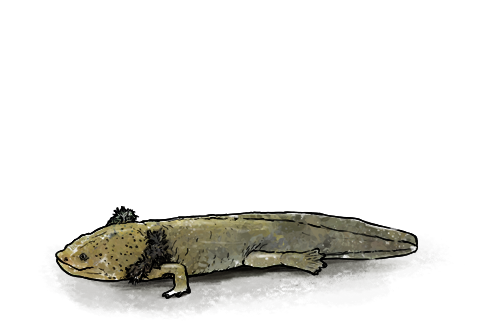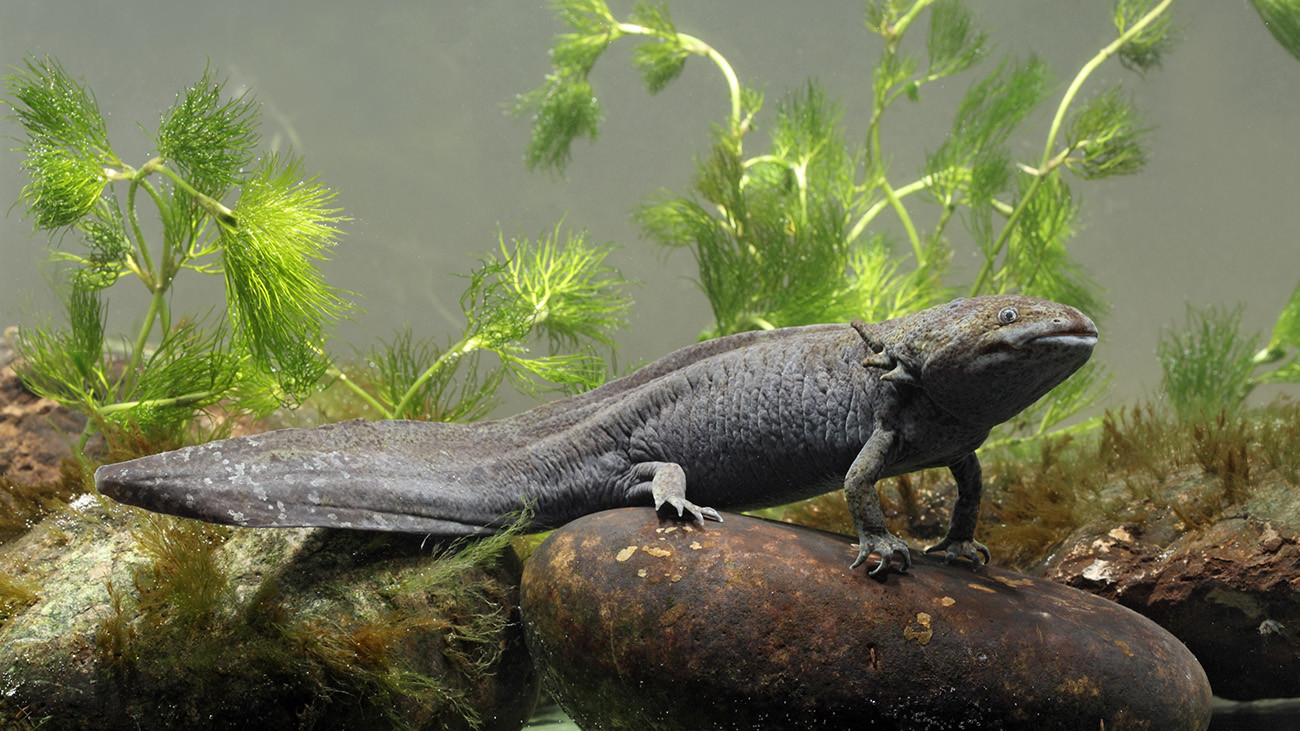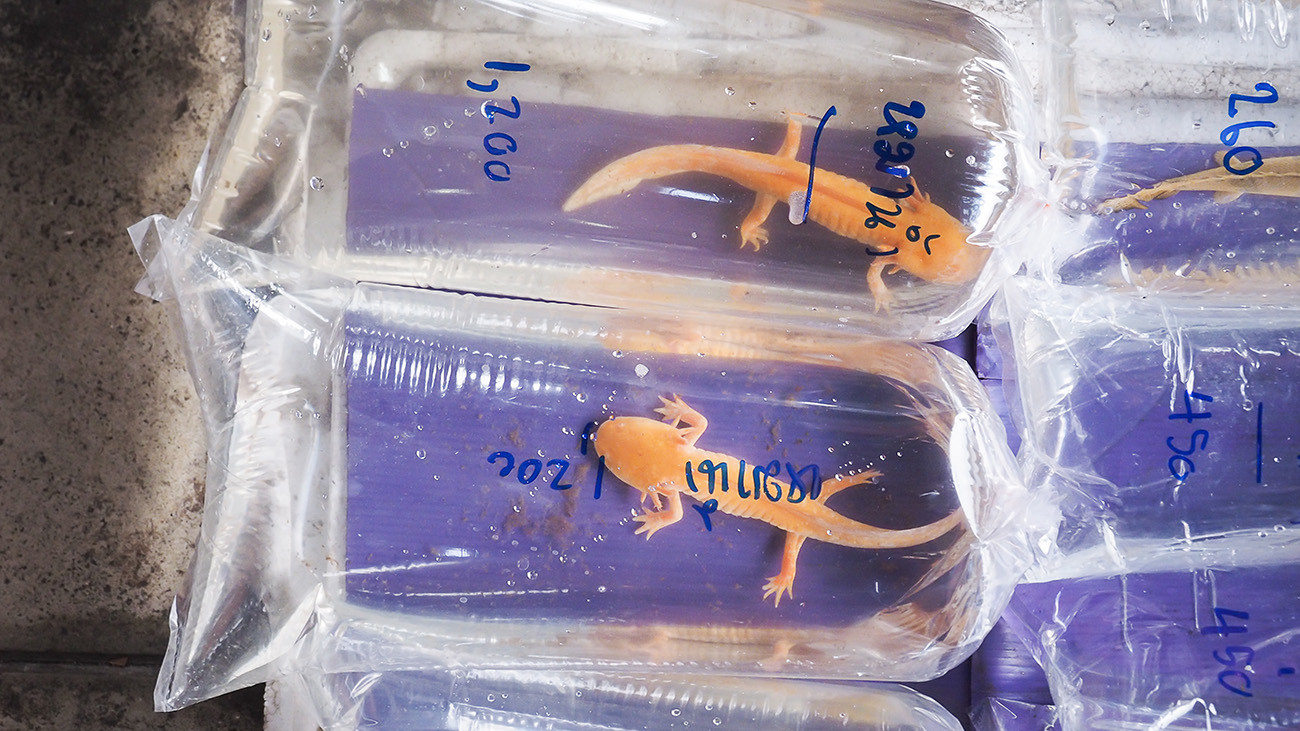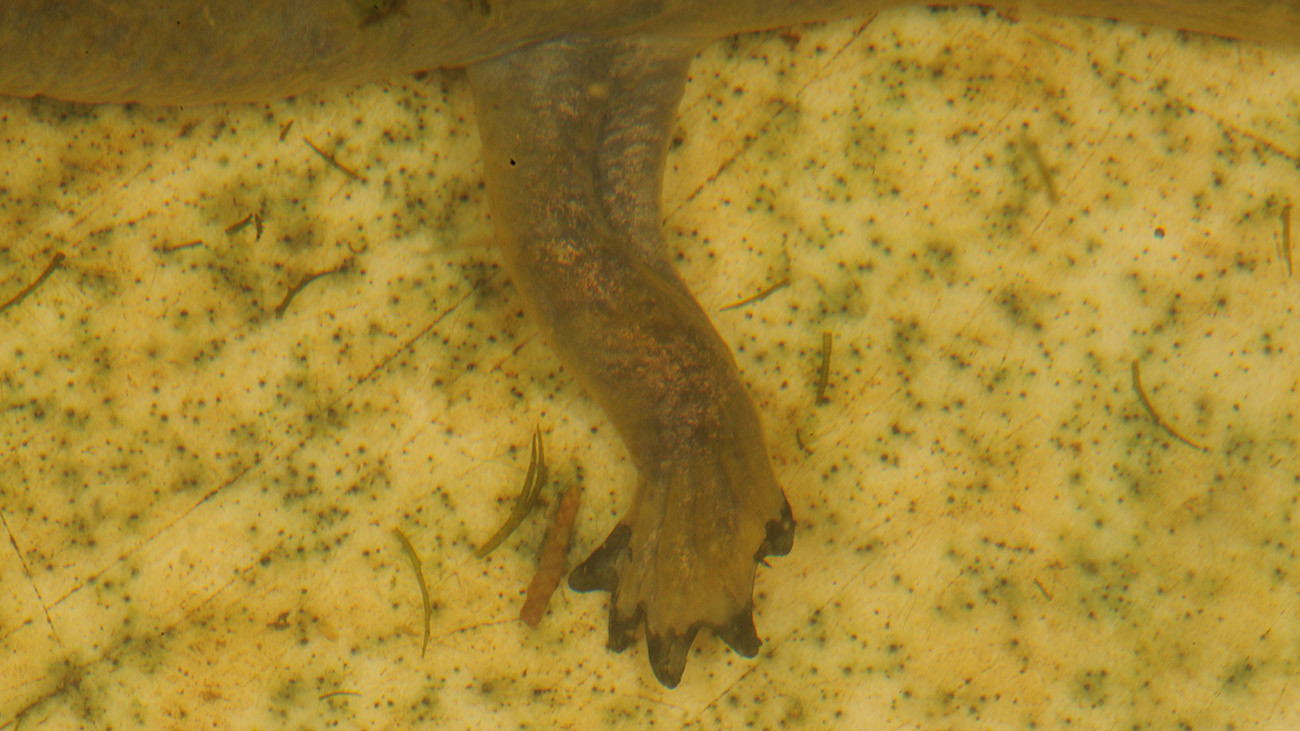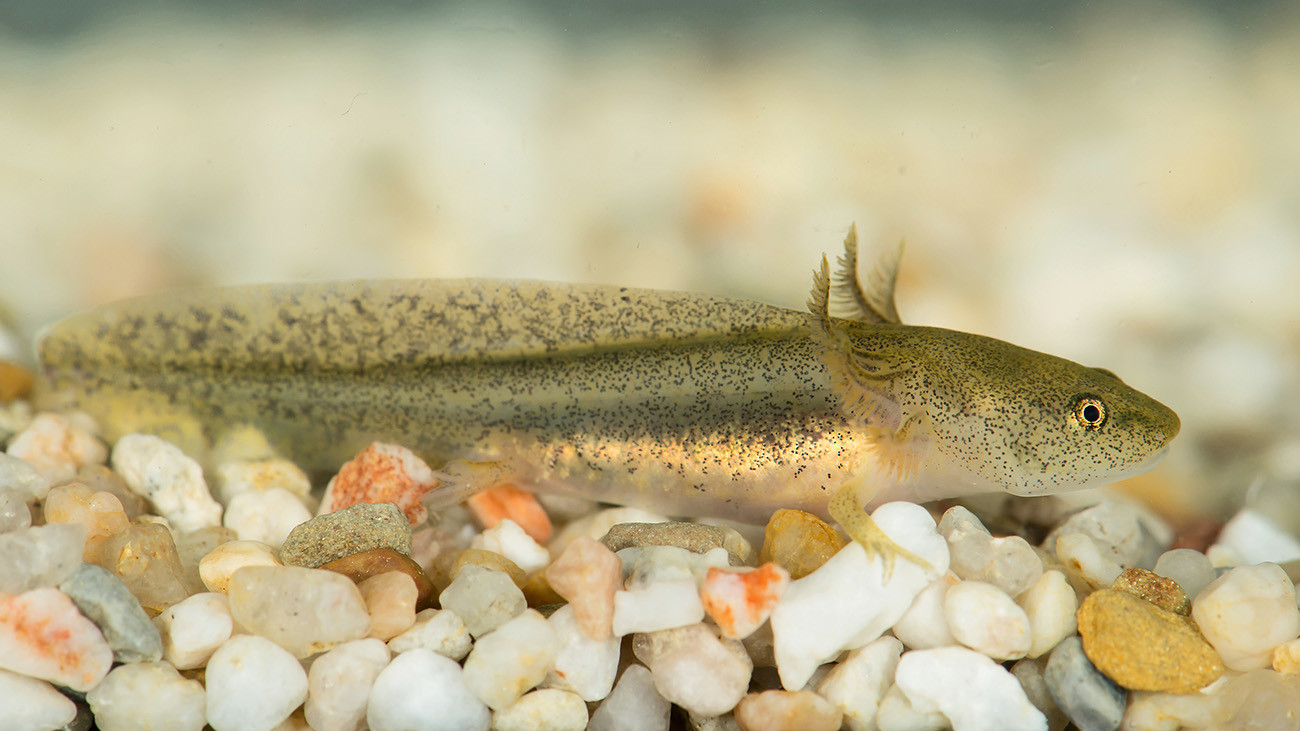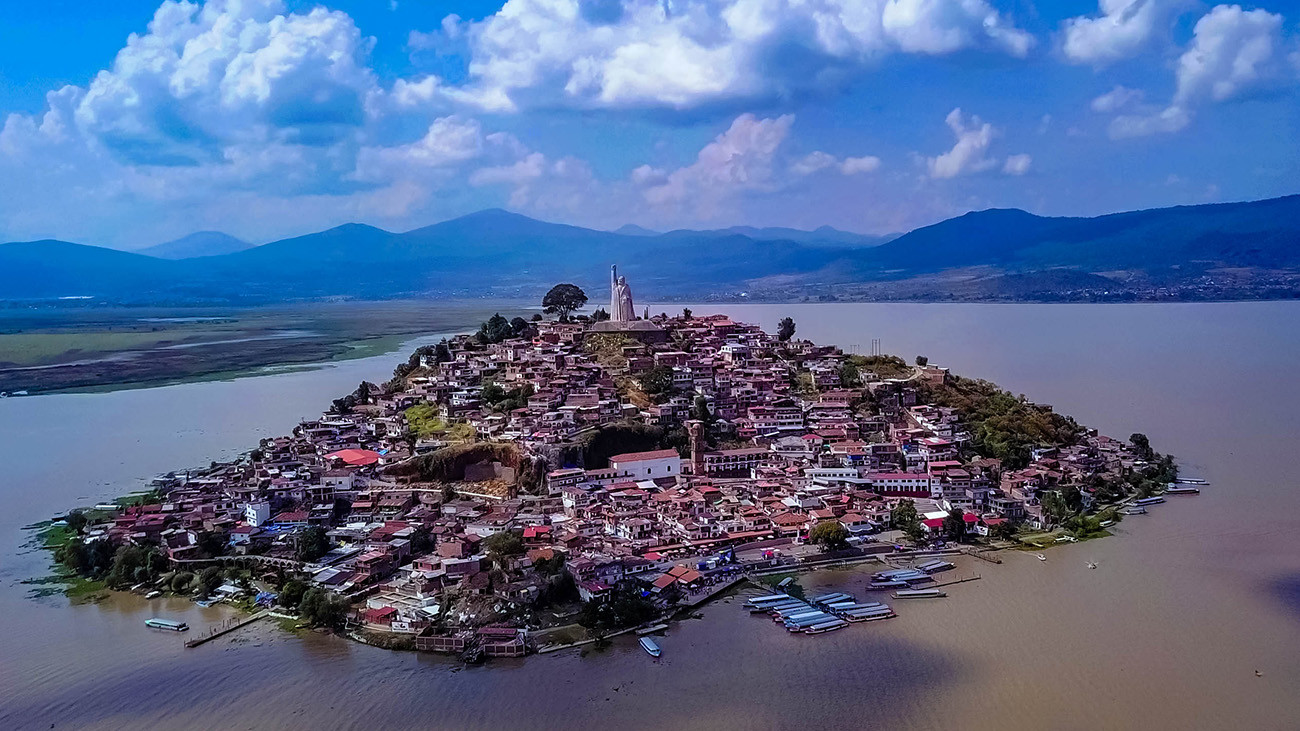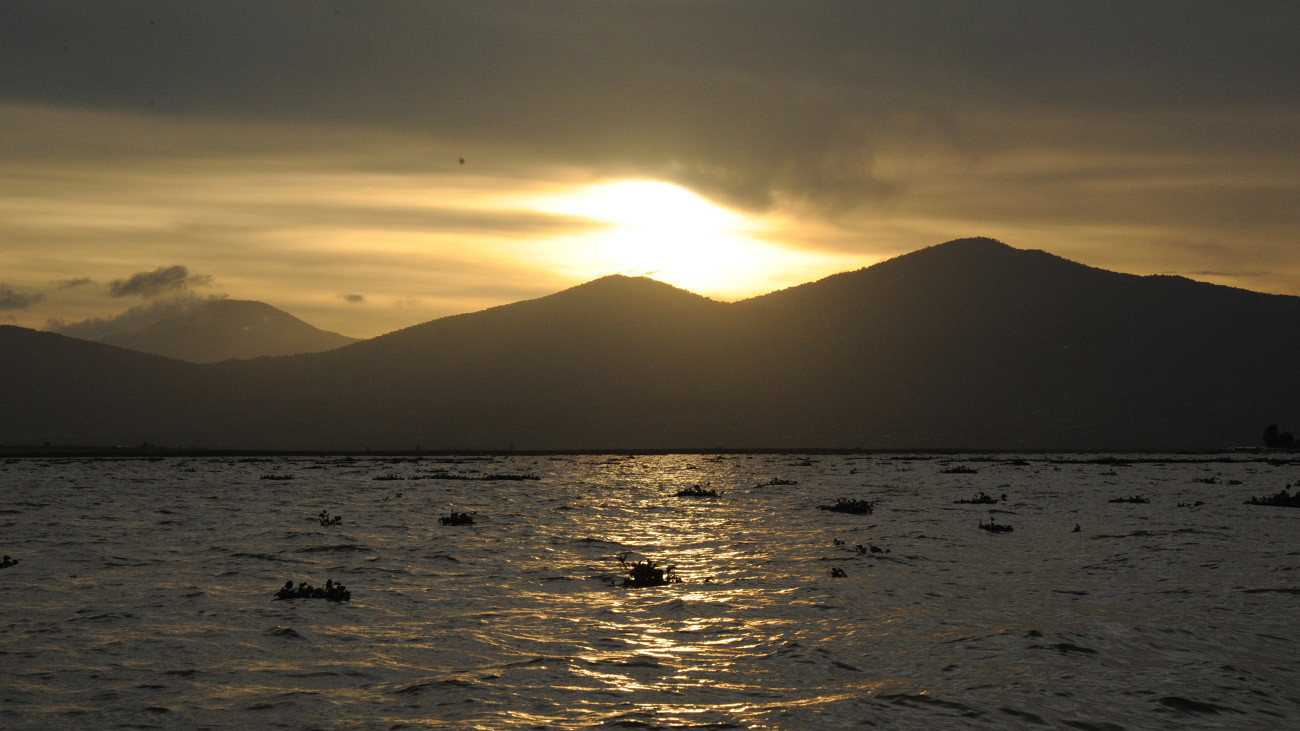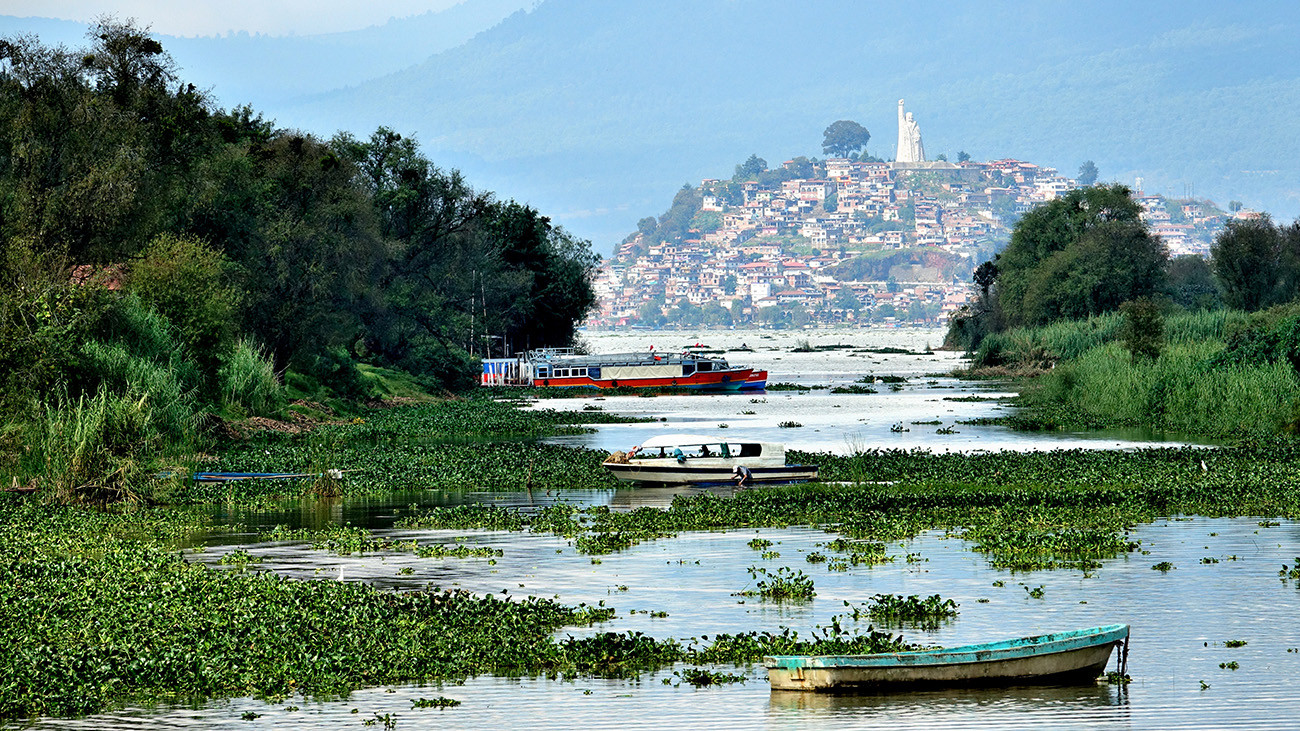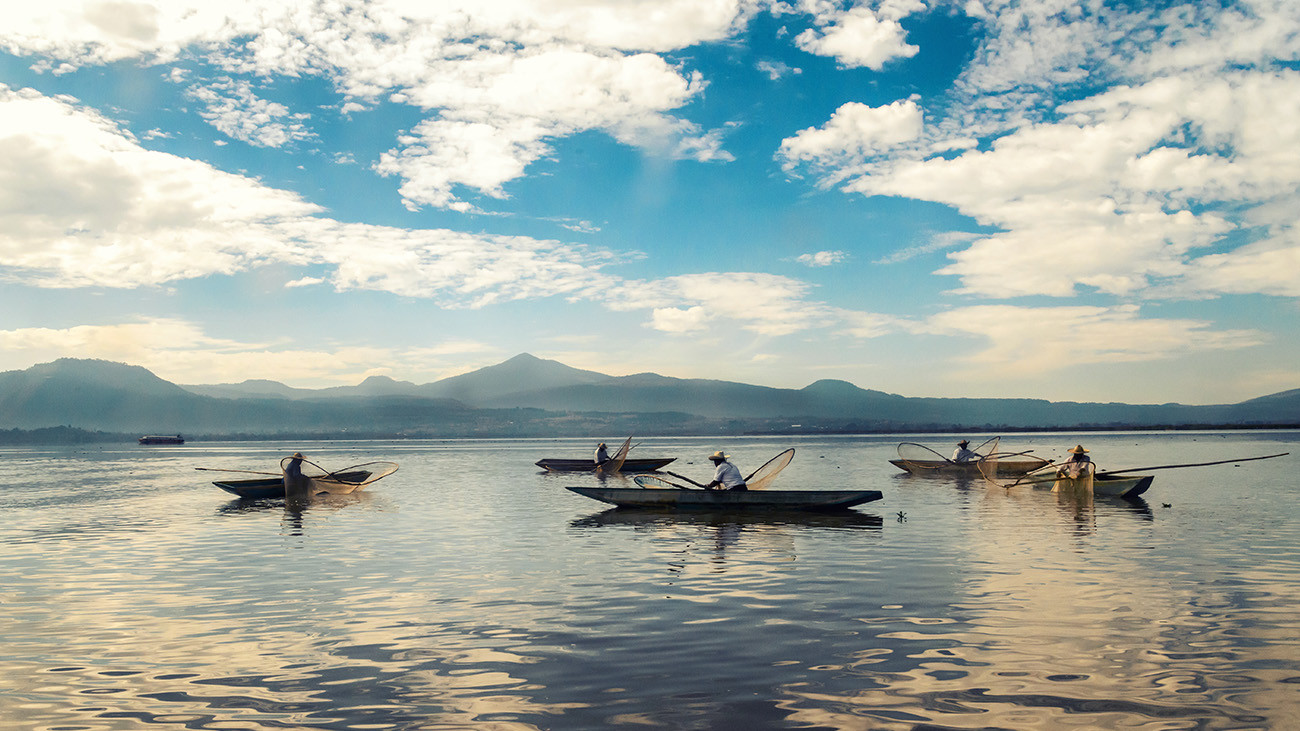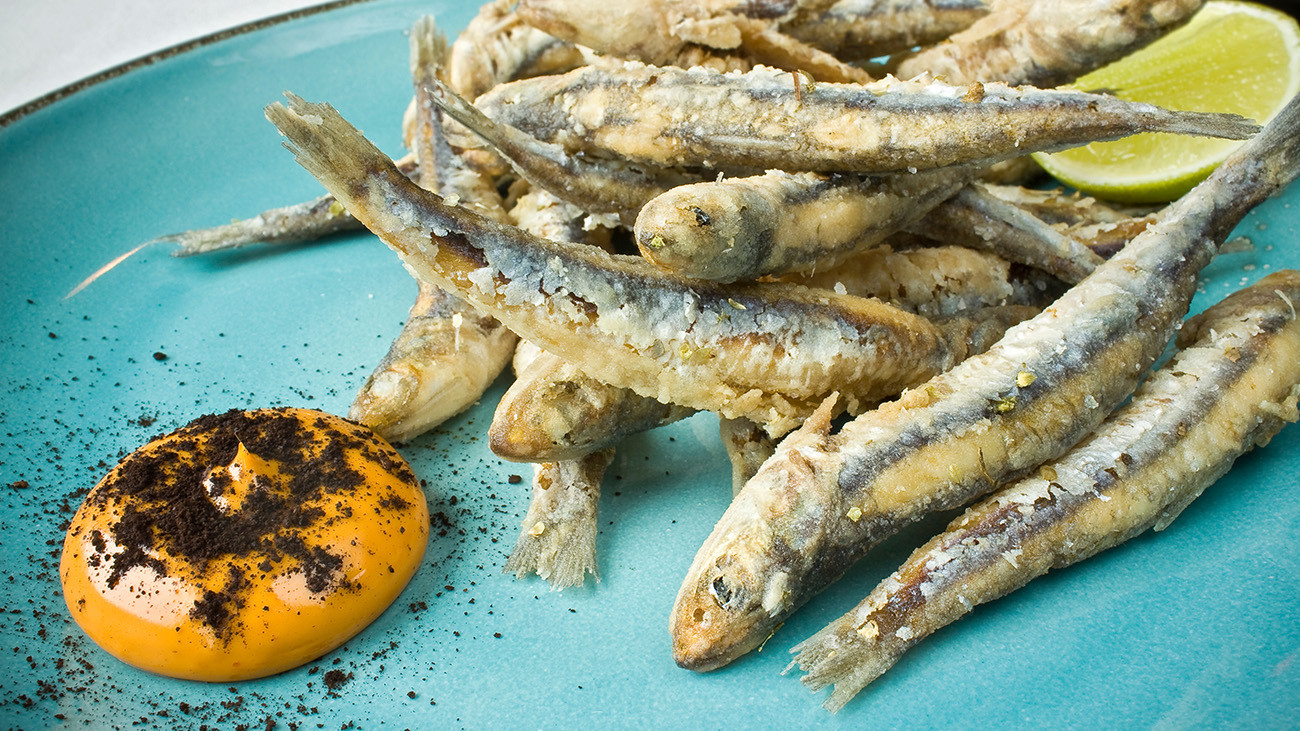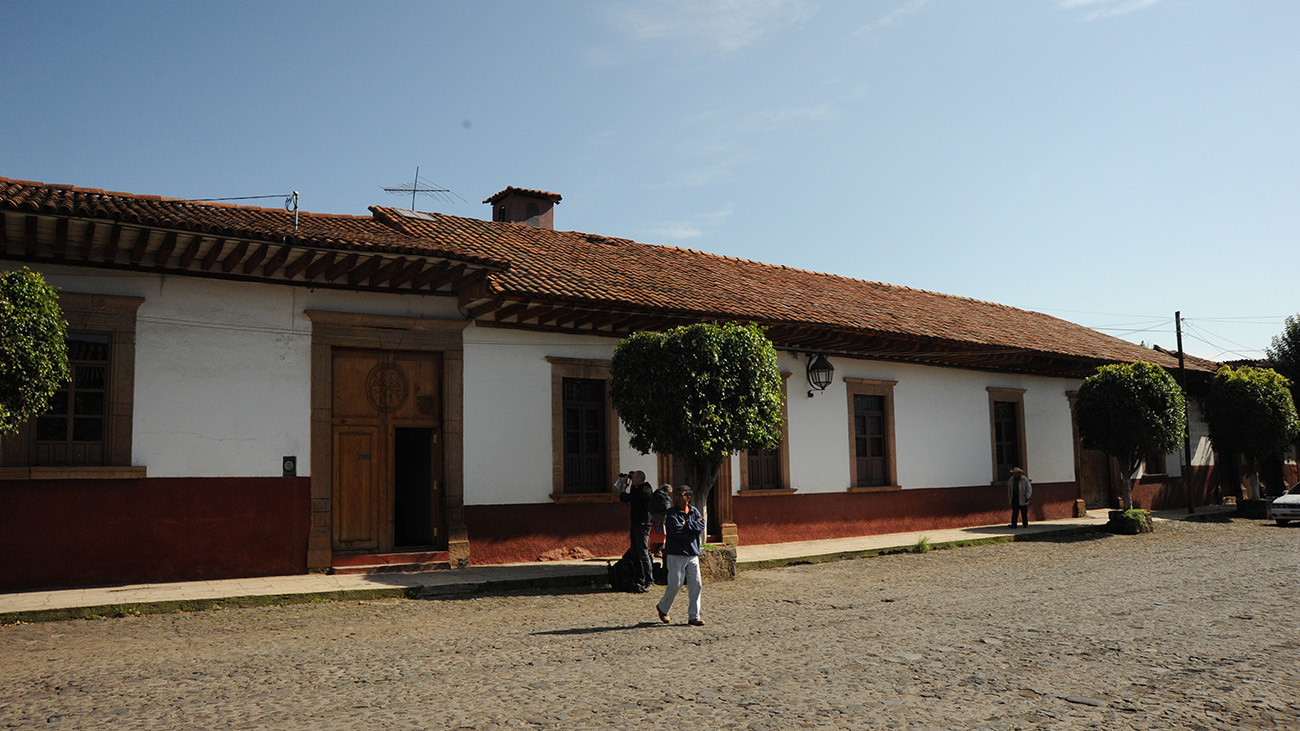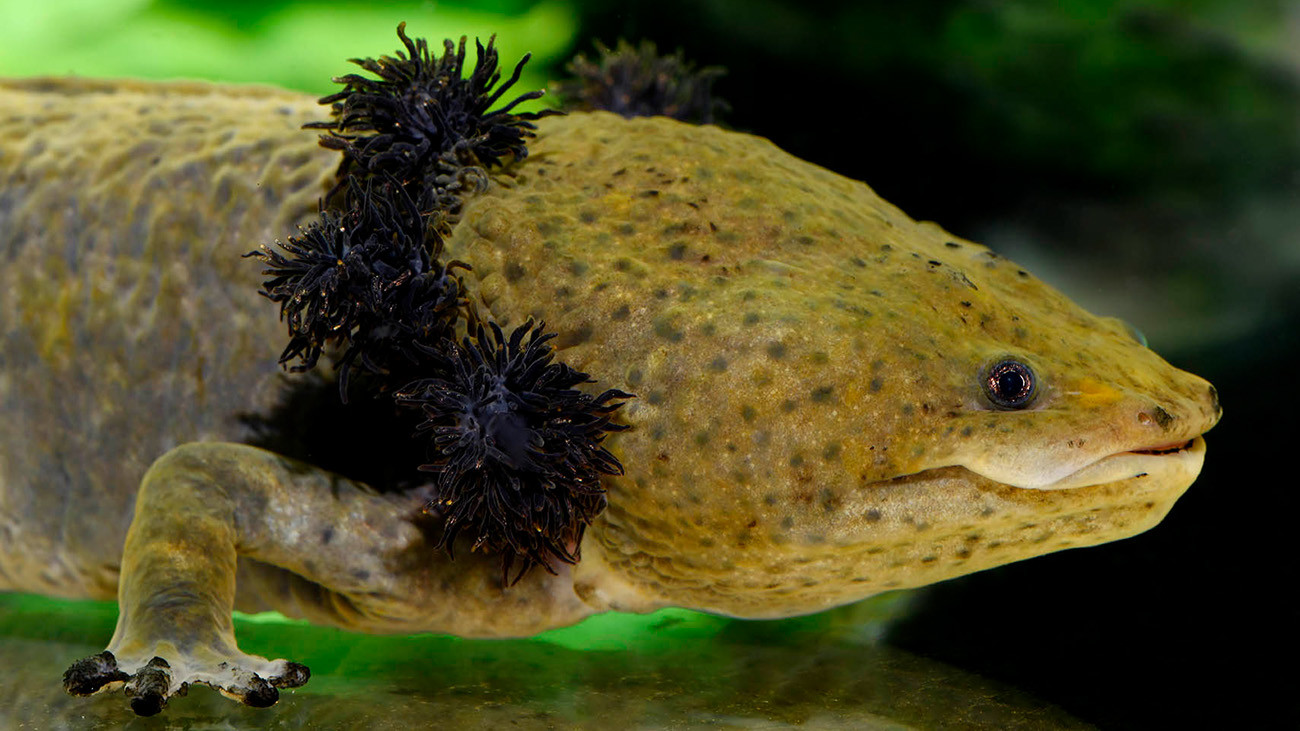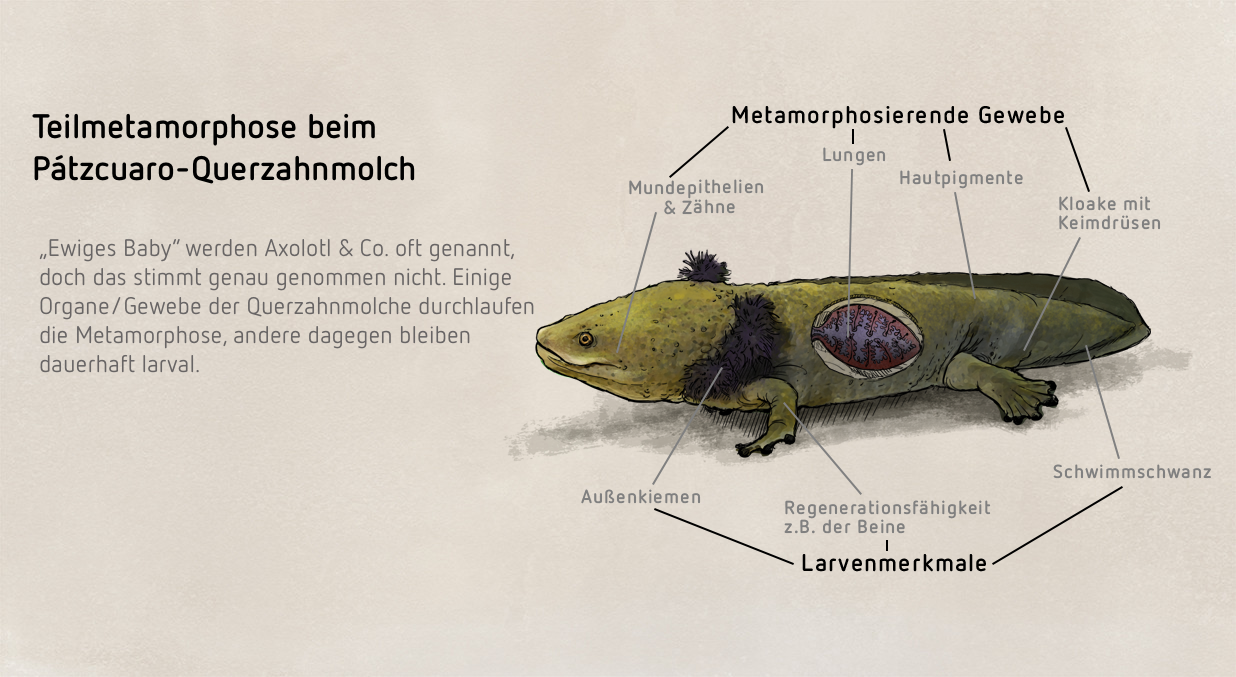Pátzcuaro-Querzahnmolch
Ambystoma dumerilii
Pátzcuaro-Querzahnmolch
Ambystoma dumerilii
Zielvorgabe CC
40 Haltende
Stand 05/2025
Zielvorgabe CC
225 Tiere
Stand 05/2025
Zielvorgabe CC
40 Haltende
Stand 05/2025
Zielvorgabe CC
225 Tiere
Stand 05/2025
Diese Geschichte beginnt vor sehr langer Zeit: Einst war das mexikanische Hochland noch feucht und fruchtbar. Doch im Lauf der Jahrtausende wurde es nach und nach trockener. Kein guter Ort für feuchtigkeitsliebende Salamander. Weil sie an Land vertrocknet wären, verzichteten sie schließlich einfach auf die amphibientypische Verwandlung von der Larve zum fertigen Salamander – und blieben für immer im Wasser. Um dort zu überleben, behalten sie einige typische Larvenmerkmale Zeit ihres Lebens. Es gibt eine ganze Reihe solcher „ewigen Babys“ im Hochland von Mexiko, denn die Beschränkung auf das Wasser als Lebensraum isolierte die Molchpopulationen voneinander, sodass sie sich zu eigenständigen Arten entwickelten. Eine von ihnen ist der Pátzcuaro-Querzahnmolch.
Neotenie – Geschlechtsreife im Larvenstadium
Die ewige Larve
Pátzcuaro-Querzahnmolche behalten ihr Leben lang das Aussehen einer Salamanderlarve. Einer ziemlich großen Salamanderlarve allerdings – sie können bis zu 35 Zentimeter lang werden. Besonders auffällig sind zwei übriggebliebene Larvenmerkmale: der kräftige, seitlich abgeplattete Schwimmschwanz sowie die großen Außenkiemen. Zusätzlich allerdings können sie auch durch Lungen und über die Haut atmen.
Leben am Pátzcuaro-See
Fette Beute
Der Pátzcuaro-See liegt in einer Höhe von 1.920 Metern im zentralmexikanischen Bundesstaat Michoacán. Er hat eine Fläche von 126 Quadratkilometern – nicht viel als Lebensraum einer Art, die nirgendwo sonst vorkommt. Umso tragischer ist es, dass der See unter massiver Umweltverschmutzung leidet. Den Pátzcuaro-Querzahnmolchen wurde zudem zum Verhängnis, dass sie für Fischer eine fette Beute darstellen. Tonnenweise wurden sie früher gefangen und gegessen.
Die Nonnen sahen Gottes Schöpfung bedroht – und die Grundlage ihres lukrativen Pharmazie-Handels
Wandbemalung im Kloster © Joachim Nerz
Im Namen des Herrn
Ein Nonnenkloster kam sogar auf die Idee, Hustensaft aus den Querzahnmolchen herzustellen. Was zunächst skurril anmutet, rettete den Molchen am Ende wahrscheinlich das Überleben. Denn die frommen Schwestern nahmen frühzeitig wahr, dass die Amphibien immer seltener wurden. Sie sahen Gottes Schöpfung bedroht – und wohl auch die Grundlage ihres lukrativen Pharmazie-Handels. Beides wollten sie nicht zulassen und begannen, die Lurche in ihrem Kloster im großen Stil zu züchten.
Zucht hinter Klostermauern
Es zeigte sich, dass die Ordensschwestern ein gutes Händchen in der Tierhaltung hatten. Während die Querzahnmolche im See heute fast ausgestorben sind, ist es den Nonnen gelungen, eine Erhaltungszucht zwischen Klostermauern zu etablieren. Beim Erhalt dieser Art helfen ihnen nun auch Zoos in aller Welt – und die Halter von Citizen Conservation.
Für Halter
Basisinformationen zu Biologie und Haltung
Der Pátzcuaro-Querzahnmolch bleibt sein Leben lang im Wasser – gepflegt wird er daher in einem Aquarium ab 200 Liter. Wichtigste Voraussetzung: Wassertemperaturen, die 22 °C nicht dauerhaft übersteigen! Im Winter kühlere Haltung. Die Tiere sind ganzjährig aktiv und fressen Regenwürmer, Fisch, Axolotl-Pellets u. a. Insgesamt recht pflegeleichte Aquarienbewohner.
